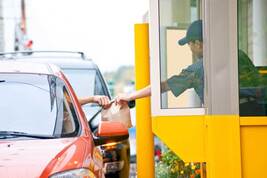 Adding a drive-thru, or a second one, has the potential to be a sales winner for restaurants at a time when the demand for convenient, off-premise dining continues to be high. A&W franchisee Anthony Walker told Restaurant Dive recently that after he added a second drive-thru lane at this restaurant in 2020, the project paid for itself within a year. But since a long, slow drive-thru lane can also provide visual evidence of a kitchen struggling to keep up, drive-thru operators need the precision, speed and menu awareness that technology can deliver to optimize this income stream. Ensure your menu translates well to the speed needs of the drive-thru (i.e. offering lots of customizable choices may be better left to dining room guests). Rely on your POS for the finer details of your historical sales to better understand when new ingredients are needed or when dishes should be pre-cooked or pre-staged for coming orders. Tech can also bring precision to your measurement of a dish’s ingredients so your staff isn’t accidentally wasting food amid the hustle and bustle of the lunch rush. Finally, outdoor staff, equipped with tablets, can help you move through drive-thru orders more quickly and direct traffic to nearby parking spaces and clear space in the drive-thru line. 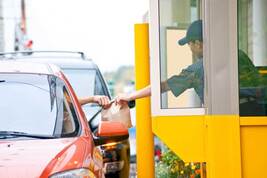 You might not be ready to outsource your drive-thru business, phone orders or curbside pickup to a chatbot just yet – but what if you don’t have sufficient staff on hand to manage those channels either? One of the tech innovations that is looking to provide a happy medium is Bite Ninja. The company allows restaurants to outsource drive-thru tasks to gig workers who work remotely but appear on a screen and take customer orders as if they were working onsite. The Spoon reports that the company is looking to expand the model to front-of-house kiosks, phone orders and curbside pickups. 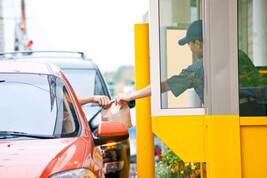 Before automation becomes more widespread in restaurant kitchens, look for it to enhance the ordering process. McDonald’s, for one, recently started testing artificial intelligence at 10 drive-thrus in Chicago, the Spoon reports. So far, the locations that have used it have reported an 85 percent accuracy rate on orders, with only one in five orders needing intervention. Ideally, these AI-powered systems can dovetail with a restaurant’s existing systems that track a guest’s past orders and suggest additional items, expediting the ordering process and freeing up staff for other tasks. Drive-through restaurants have done well during the pandemic. Restaurant Dive reports that the share of trips on Waze to businesses with drive-through options jumped 25 percent between the beginning and end of 2020. It’s not difficult to see why: Drive-through restaurants’ use of smart, artificial intelligence-driven menus allows them to adjust options depending on the weather and to upsell customers with tempting options based on their past orders. Some are now adopting technology that enables guests to order directly from their car while in line, minimizing wait times. But these solutions are not necessarily just in the purview of drive-throughs. When you look at your business and how you get food to guests, where are your bottlenecks? Could you enable processes in your operation that would help you attract traffic from potential guests on a nearby highway, call up guests’ past orders and suggest additions they’re likely to crave, or speed up your wait times by allowing a person to order from you easily before they even arrive?
Preparing food in restaurants has become a juggling act this year – with people behind the scenes regularly throwing new balls into the air. According to a Datassential report, 92 percent of restaurant traffic is now off-premise. Drive-thru orders represent the largest growth category, followed by 23 percent order-ahead, 21 percent delivery and 18 percent to-go. A seemingly quiet kitchen could actually be as busy as a restaurant with a line of customers out the front door. This year, more restaurants will be adopting tools that allow them to monitor the various ways in which orders are coming to them – and adapt more easily to their ebb and flow. A new report on restaurant technology trends to watch in 2021 says smart scheduling and booking technology, as well as automated kitchen operations technology, can help ensure food is ready when customers want it.
When Boston-area Kowloon Restaurant had to adapt its 1,200-seat restaurant to new operating requirements for COVID-19, it got creative – with technology and with the experience it decided to offer guests. It adopted a new online payment system that allows people to start a drinks tab, view menus, order food, pay, tip and even ask the restaurant to wrap leftovers. It also converted its large parking lot into a drive-in movie theater, which gives guests an old-school, carhop-style experience while minimizing contact with staff. How can tech help you change the experience you’re able to offer guests right now?
Even as we emerge from the pandemic and some aspects of our regular routines return to normal, curbside pickup is likely going to be around for a while. Chances are your existing technology didn’t anticipate this, so how are you managing to streamline curbside pickups? Some operators are taking the low-tech step of having customers hold up a sign in their car windows with their order number. Others are finding workarounds like using a burner phone in the short term – customers can call the number when they arrive and give their name and car make/model to the person bringing out the order. Some tech-driven, free services can help too: OneDine allows guests to drive up to a restaurant, scan a QR code from a sign, which launches a web page where the customer can order, pay and have food delivered to their car. Tock To Go offers in-app texting between customers and restaurants to help streamline pickups. What approaches are working for you?
What do you most loyal guests want right now? A recent Datassential report finds that some consumers want operators to do such things as post on social media about the steps they are taking to make their restaurant safe, such as working with a limited staff. Others want to visit a restaurant to pick up their food and observe what precautions the business is taking. Boomers, an at-risk group, are more likely to be comfortable picking up food curbside or at a drive-thru. Across the board, customers are looking to order multiple meals that can be eaten over the course of a few days. What does your data tell you about what different customer groups want and how they want you to offer it? It may provide some answers that can help you maintain your connections with them.
Imagine craving your favorite sandwich from a local quick-service restaurant on your way home from work, and as soon as you drive into the lot, the restaurant takes a photo of your license plate and can use that image to pull up past orders you have pre-programmed with them. As a result, you can bypass the drive-thru line of customers who don’t yet know what they want and instead collect your order at a separate window and be on your way. As Aaron Allen, founder and chief strategist at restaurant consultancy Aaron Allen & Associates, told Forbes, “There’s a big profit bump just by shaving seconds off drive-thru orders.” Leaders in the space are catching on ― watch for similar benefits to come from McDonald’s in the wake of its acquisition of Dynamic Yield.
|
Subscribe to our newsletterArchives
July 2024
Categories
All
|
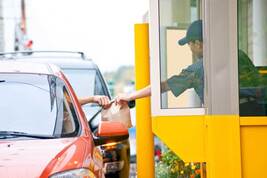
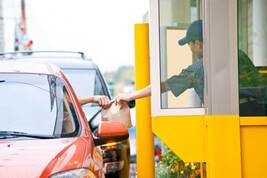
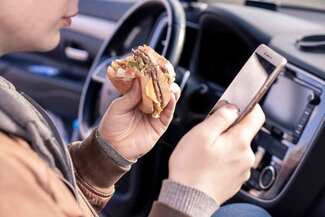
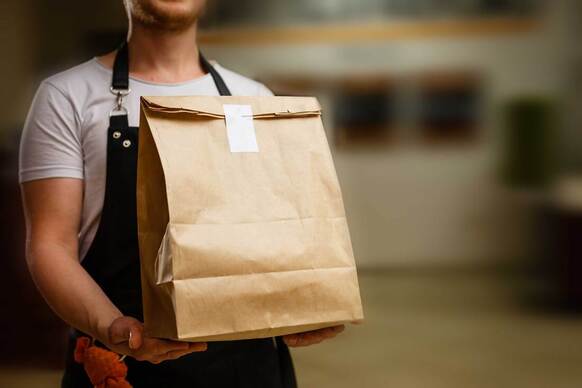
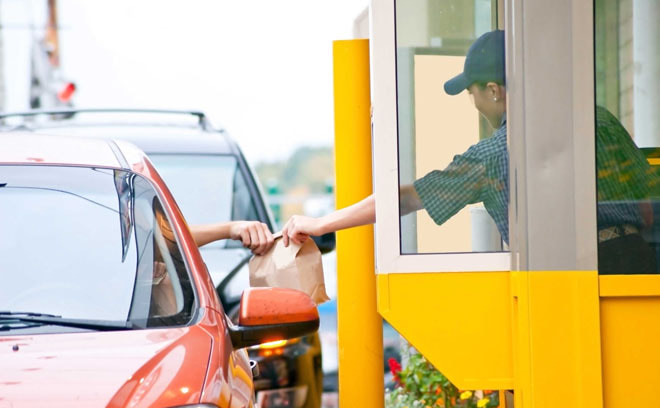
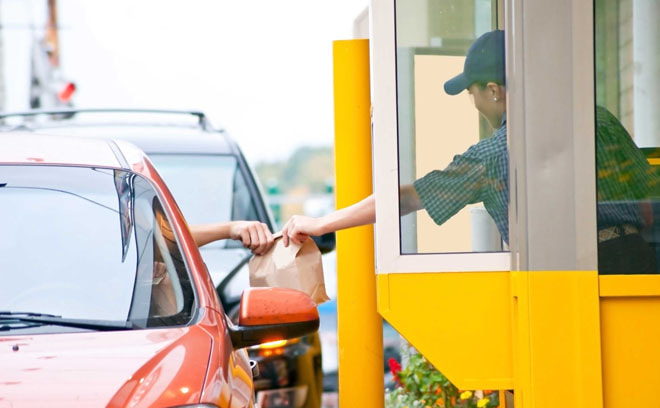


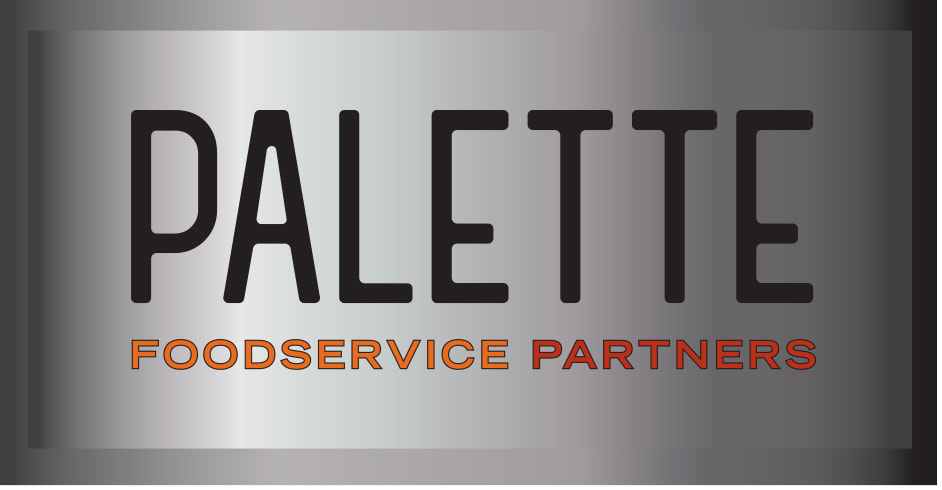
 RSS Feed
RSS Feed